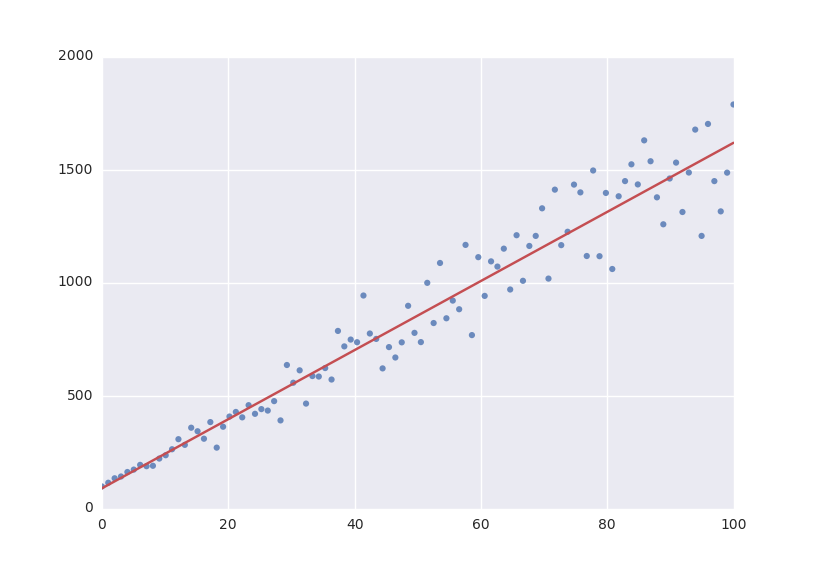The goal of this project is simple: to make fitting in Python sexy and pythonic. What does pythonic fitting look like? Well, there's a simple test. If I can give you pieces of example code and don't have to use any additional words to explain what it does, it's pythonic.
from symfit import parameters, variables, Fit, Model
xdata = [1.0, 2.0, 3.0, 4.0, 5.0]
ydata = [2.3, 3.3, 4.1, 5.5, 6.7]
yerr = [0.1, 0.1, 0.1, 0.1, 0.1]
a, b = parameters('a, b')
x, y = variables('x, y')
model = Model({y: a * x + b})
fit = Fit(model, x=xdata, y=ydata, sigma_y=yerr)
fit_result = fit.execute()Cool right? So now that we have done a fit, how do we use the results?
import matplotlib.pyplot as plt
y = model(x=xdata, **fit_result.params)
plt.plot(xdata, y)
plt.show()Need I say more? How about I let another code example do the talking?
from symfit import parameters, Maximize, Equality, GreaterThan
x, y = parameters('x, y')
model = 2 * x * y + 2 * x - x**2 - 2 * y**2
constraints = [
Equality(x**3, y),
GreaterThan(y, 1),
]
fit = Maximize(model, constraints=constraints)
fit_result = fit.execute()I know what you are thinking. "What if I need to fit to a system of Ordinary Differential Equations?"
from symfit import variables, Parameter, ODEModel, Fit, D
tdata = np.array([10, 26, 44, 70, 120])
adata = 10e-4 * np.array([44, 34, 27, 20, 14])
a, b, t = variables('a, b, t')
k = Parameter(0.1)
model_dict = {
D(a, t): - k * a**2,
D(b, t): k * a**2,
}
ode_model = ODEModel(model_dict, initial={t: 0.0, a: 54 * 10e-4, b: 0.0})
fit = Fit(ode_model, t=tdata, a=adata, b=None)
fit_result = fit.execute()For more fitting delight, check the docs at http://symfit.readthedocs.org.
